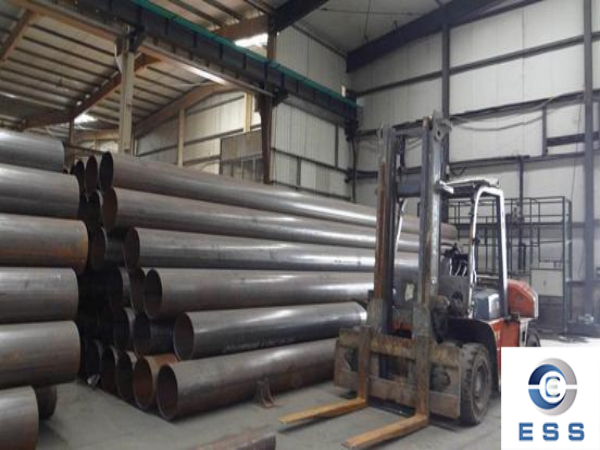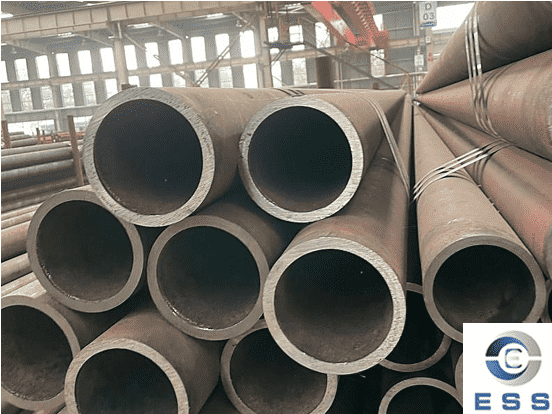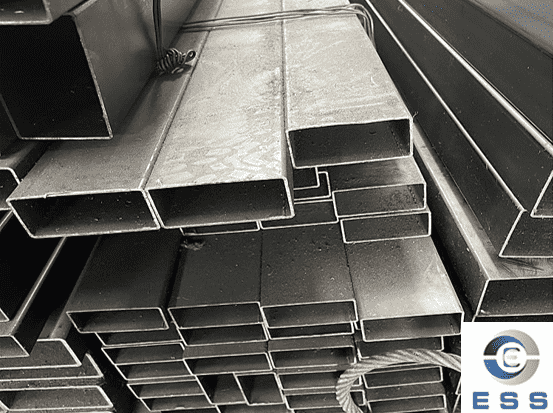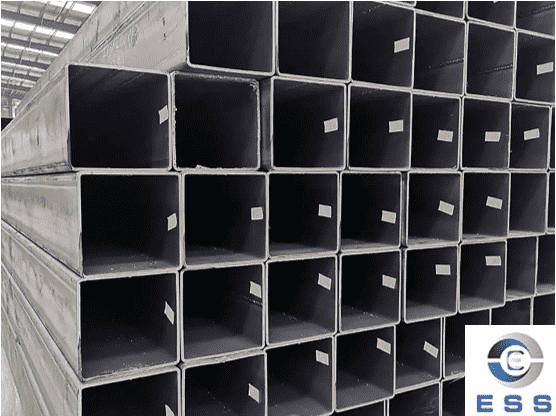Causes and prevention methods of
welded pipe cracking

Analysis of causes of welded pipe cracking
1. Insufficient strength of metal materials: One of the reasons for cracking of welded pipes is insufficient strength of metal materials, which is caused by the quality problem of the metal materials themselves. If low-quality metal materials are used for welding, the risk of cracking of welded pipes will increase.
2. Residual stress: After welding, residual stress will exist in the weld and surrounding areas. If these stresses are not properly eliminated, they may cause cracking of welded pipes; during the welding process, if the fusion between the parent material and the welding material is poor, stress concentration will occur, resulting in cracking.
3. Incorrect welding technology: The cause of cracking of welded pipes may also be caused by improper welding technology, such as too fast welding speed or excessive welding, too large or too small welding current, incorrect welding angle, mismatch between welding rod and parent material, too low temperature of parent material during welding, etc., which may cause cracking of welded pipes.
4. Improper selection of welding materials: Improper selection of welding materials may also cause cracking of welded pipes. The selection of inappropriate welding materials may result in insufficient strength, or reduce the toughness at the weld joint, or the weld point is too hard, thereby increasing the risk of cracking. The chemical composition of the material affects its crystal structure and stability, thereby affecting the tendency of stress corrosion cracking. For example, stainless steel with high iron content is more prone to stress corrosion cracking.
5. The presence of oxides and other impurities: The presence of oxides and other impurities inside the welded pipe can also cause cracking of the welded pipe. These impurities reduce the strength and corrosion resistance of the welded pipe. For example, there are many impurities in the raw materials, high carbon content, high hardness, etc., or the interface connection processing technology of the metal hose is unreasonable, and the weld corrosion caused by the unreasonable type of connection materials is invalid, which may cause weld cracking.
6. Parent material defects: If there are defects in the parent material, such as cracks, slag inclusions, pores, etc., it will also increase the risk of cracking in steel pipe welding.
7. Improper operation: If the operator has not received professional training or lacks experience, it may also cause cracking in steel pipe welding.
8. Weld design:The gap reserved for the weld, unreasonable weld bead design, and insufficient cleanliness of the parent material may all cause weld cracking.
9. Weld cracks:This is the most common serious defect in welded parts. It is formed under the action of welding stress and other brittle factors, resulting in the destruction of the metal atomic bonding force in the local area of the weld joint, thereby generating new interface gaps. The crack has a sharp notch and a large aspect ratio, which affects the safe use of welded parts and is a very dangerous process defect.
Prevention methods for welded pipe cracking
1. Select suitable welding materials: Use high-quality metal materials for welding, and select suitable welding materials according to the material and performance requirements of the parent material to ensure the toughness and strength of the welded joint.
2. Eliminate residual stress: Use appropriate annealing treatment to treat the welded pipe, which can effectively eliminate residual stress after welding.
3.Select appropriate welding technology: Use appropriate welding technology, such as controlling parameters such as welding current, welding speed, welding angle, etc. to ensure welding quality, and control preheating, insulation and other methods to effectively reduce the risk of cracking in the welded pipe.
4. Choose appropriate welding materials: Choose welding materials that can produce good welds, reduce stress concentration in the welding area, and reduce the presence of oxides and other impurities. These measures can effectively prevent weld cracking.
5. Clean the welded pipe: Clean the welded pipe before welding to prevent impurities from being inserted into the welded joint, thereby preventing weld cracking.
6. Check the quality of the parent material: Before welding, the parent material should be checked to ensure that it is defect-free.
7. Reduce stress concentration: Reduce the degree of stress concentration by optimizing the welding sequence and reducing welding deformation.
8. Improve operating skills: Strengthen the training and skill improvement of operators to improve their operating level and sense of responsibility.
Conclusion
Through the analysis of the causes and preventive measures of welded pipe cracking, it can help the majority of welding workers improve their quality awareness, follow scientific standards for welding, further improve welding quality, and ensure the good use of welded pipes.













 Eastern Steel Manufacturing Co.,Ltd not only improve product production and sales services, but also provide additional value-added services. As long as you need, we can complete your specific needs together.
Eastern Steel Manufacturing Co.,Ltd not only improve product production and sales services, but also provide additional value-added services. As long as you need, we can complete your specific needs together.










